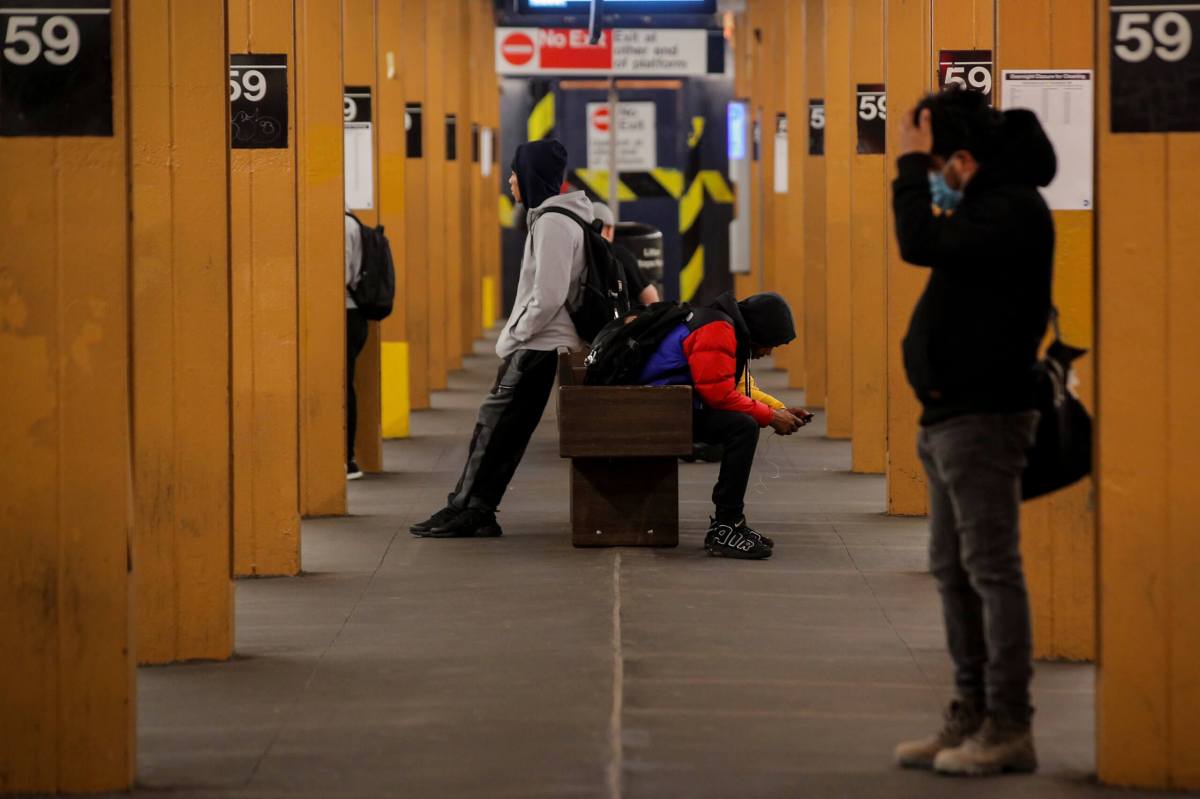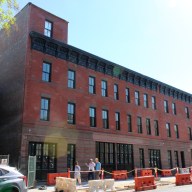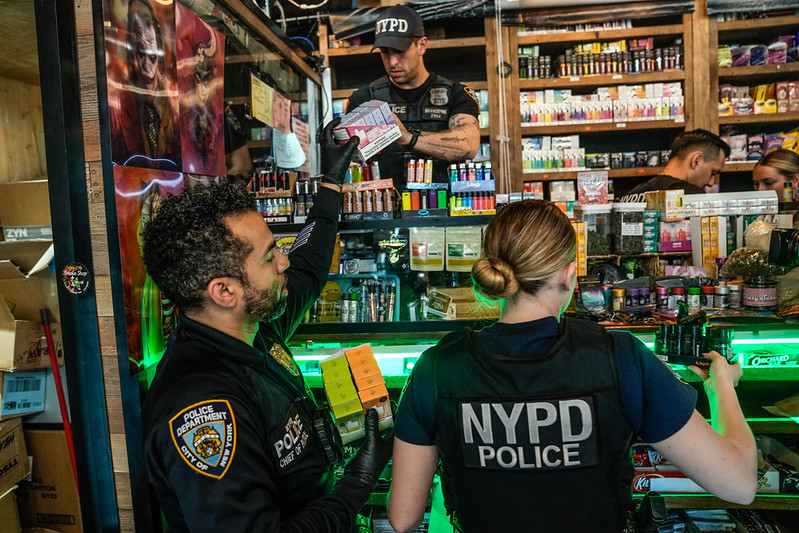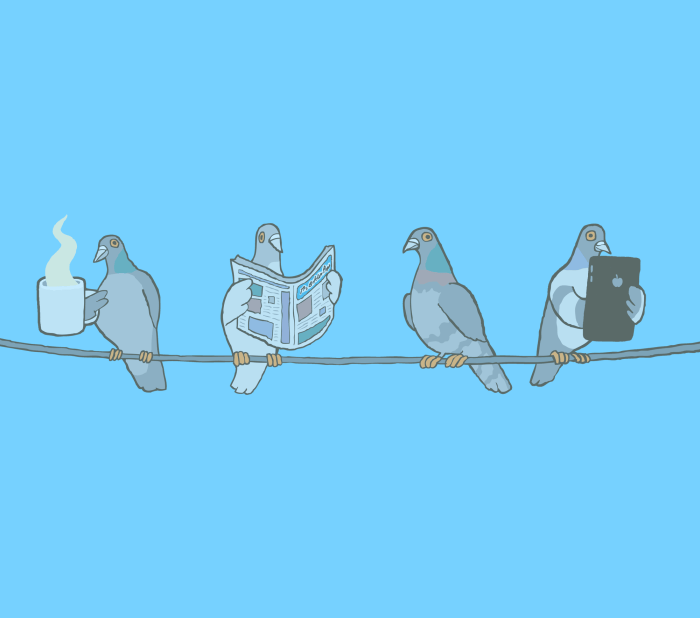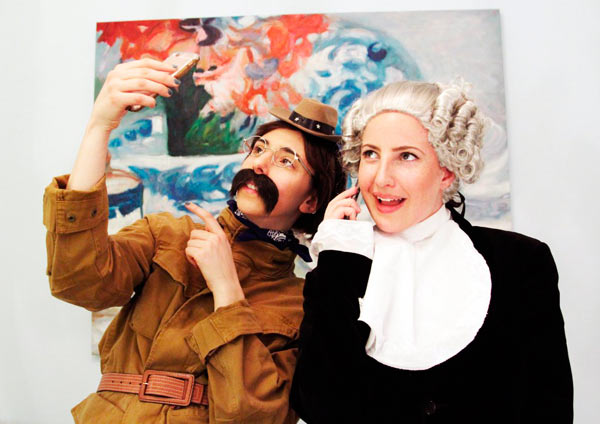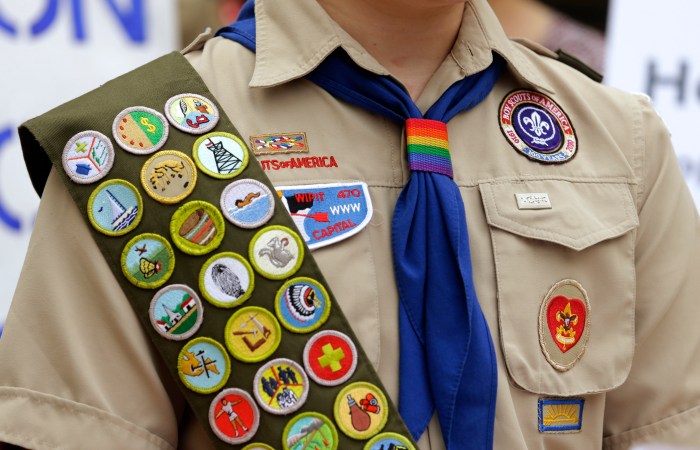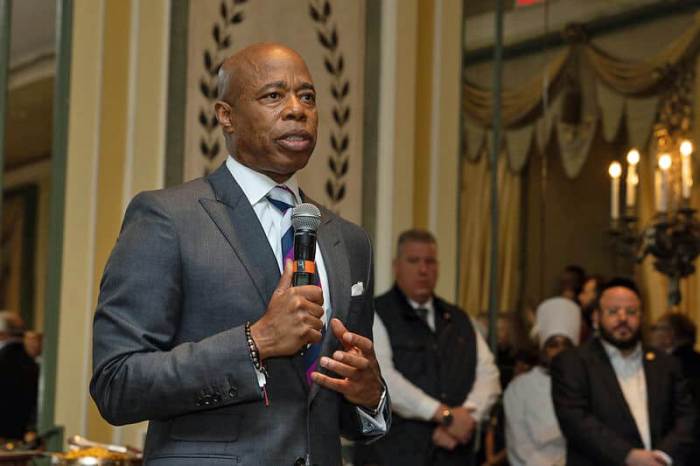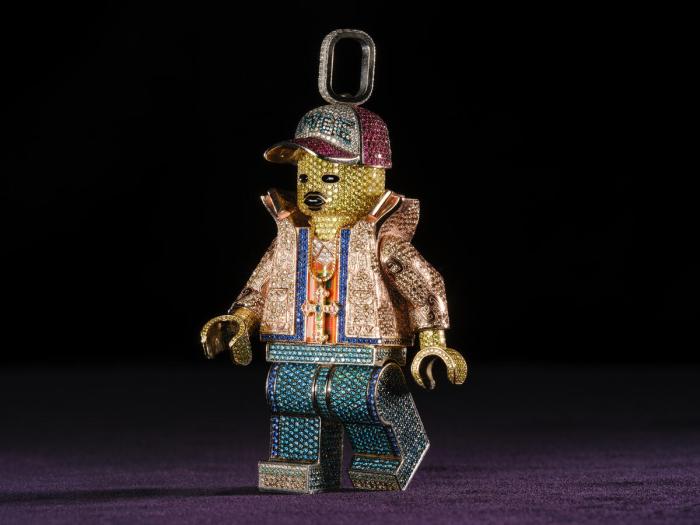The last week has made folks focus, understandably, on a failed insurrection that may be a dress rehearsal for a coup attempt on a larger scale in the coming days. However, I don’t have a column based on my insight or experience with national news, so I’ll stay on the local track and talk about the New York City subway.
The subway is at least as responsible as anything else in making New York the greatest city in the world. I haven’t been to every city in the world, but that doesn’t stop me from smugly asserting that as objective truth. I guarantee New York City wouldn’t even be running for the greatest city without the subway system. When the city has been in crisis, the subway has always been part of the solution. The COVID-19 pandemic should be no exception.
Since 1904 the subway has been the constant in a city defined by change. But this May, for the first time in 115 years, during the deadly COVID-19’s first wave, the MTA’s New York City subway system was not open 24/7, and it remains closed every day from 1 am until 5 am. The rationale for this closure was to allow more time for trains, stations, and equipment to be thoroughly cleaned and disinfected.
From 1 am until 5 am, subways continue to run on their usual routes because there isn’t enough space in the system to store all trains and clean them simultaneously. Although they are not available to the public, they aren’t running empty either. Transit workers, police, and emergency personnel are permitted to ride while workers must find alternatives. Steve Winwood really would have trouble finding his way home the days.
While hardly ideal, I’d accept this policy if the subway was a significant vector of COVID-19 and extra cleaning time was needed, but it isn’t. Not only is it not a vector, but our quickest way out of this awful new normal is also through vaccinating as many people as possible as quickly as possible. The city has rightly opened up 24/7 vaccination sites with the intent of opening more. However, with the subways off-limits to the public for four hours, the number of people and pace — our journey to safely getting to herd immunity — will be slowed. This is especially true at mass 24/7 vaccination sites such as Citi Field, where the 7 train stops.
However, I’m not a “Monday Morning Quarterback,” and I’ll give the MTA a pass for 2020 since hindsight is 20/20. However, it’s essential the Gubernatorial-controlled MTA and the mayor get it right in 2021.
When the subway was being built in the 19th century, the city’s then-mayor, William Gaynor, said that the “effect it is to have on New York is something larger than any mind can realize.” I agree. A 24/7 subway system allows us to proclaim that New York is the city that never sleeps. Without it, we aren’t New York, New York. The trains are already running; let people hop on board, and take them to get vaccinated and let’s start the revival.


